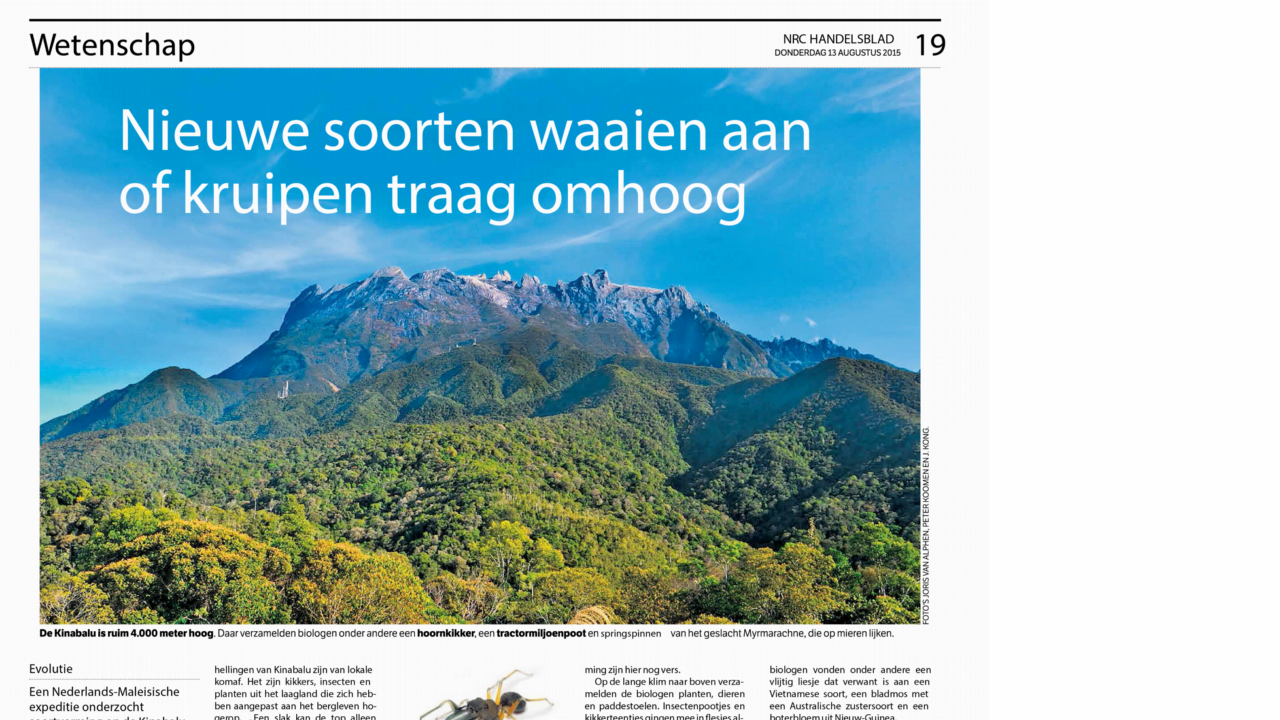
Ik bestudeer de evolutie en ecologie binnen habitats over de hele wereld, met name eilanden. Eilanden - zowel klassieke oceanische eilanden als bergtoppen of alkalische kalksteen-ontsluitingen omgeven door zure bosbodems - zijn interessant voor de studie van evolutie omdat het discrete geografische entiteiten zijn met duidelijke grenzen, waardoor bestudering van de vele unieke soorten relatief eenvoudig is. Bovendien is de evolutie op eilanden meestal meer uitgesproken dan op continenten. Veel eilandsoorten ontwikkelen extreme eigenschappen, zoals gigantisme en dwerggroei. Het bekendste voorbeeld van gigantisme in planten is afgeleid van houtigheid, wat impliceert dat kleine kruidachtige soorten na het koloniseren van de eilanden evolueerden naar grotere struiken of zelfs bomen.
Sleutelwoorden
Eilandevolutie, biogeografie, afgeleide houtachtigheid, Brassicaceae, generatie-opvolging, fylogenetica
Onderzoekinteresse
Als postdoctoraal onderzoeker bij Naturalis en de Universiteit van Osnabrück (Duitsland) werk ik aan de evolutie van afgeleide houtigheid in de Brassicaceae-plantenfamilie.
De meeste van de ongeveer 4.000 soorten binnen de Brassicaceae-plantenfamilie zijn kruidachtig, maar zo’n 400 soorten zijn geëvolueerd tot struiken of lianen. Interessant is dat alle houtachtige soorten zijn afgeleid van kruidachtige verwanten en het resultaat zijn van ongeveer 100 onafhankelijke evolutionaire overgangen. Deze massale, parallelle evolutie kan ons leren wat de evolutie van verhouting drijft. Met behulp van de nieuwste sequentietechnieken bepaal ik de evolutionaire stamboom van de Brassicaceae om de circa 100 overgangen naar houtigheid alsmede de invloed van houtigheid op soortendiversificatie te interpreteren.
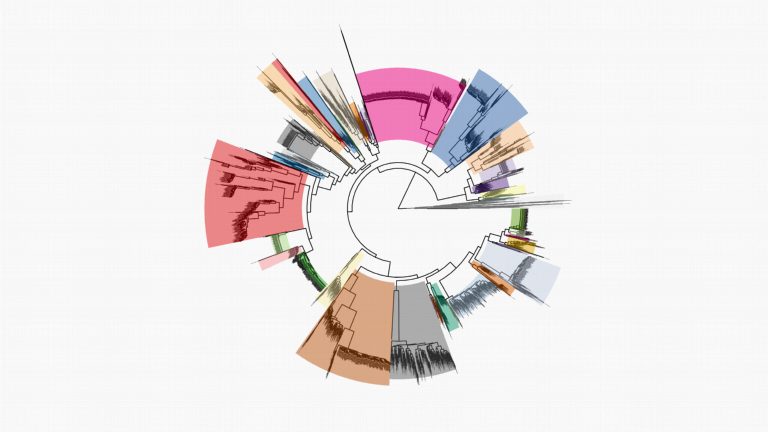
Actueleonderwerpen
Lees hier meer over mijn onderzoek (in het Engels)
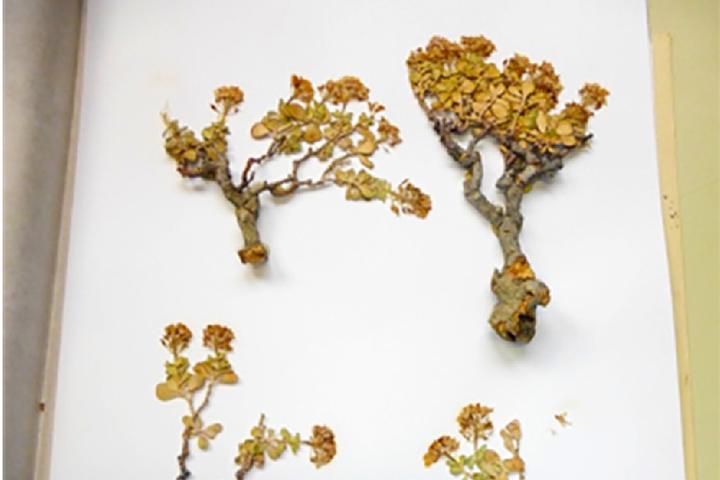
Het verkennen van massale parallelle evolutie en diversificatie van houtigheid in de Brassicaceae
Publicaties
Hendriks, Kasper P, Christiane Kiefer, Ihsan A Al-Shehbaz, et al. 2023. ‘Global Brassicaceae Phylogeny Based on Filtering of 1,000-Gene Dataset’. Current Biology 33 (19): 4052-4068.e6. https://doi.org/10.1016/j.cub.2023.08.026
Hendriks, Kasper P, Terezie Mandáková, Nikolai M Hay, et al. 2021. ‘The Best of Both Worlds: Combining Lineage-Specific and Universal Bait Sets in Target-Enrichment Hybridization Reactions’. Applications in Plant Sciences 9 (7). https://doi.org/10.1002/aps3.11438
Dominicus, Lisa J M A, Ihsan A Al-Shehbaz, Dmitry A German, ..., Kasper P Hendriks. 2025. ‘Mitoplastomic Discordance in Brassicaceae Phylogenomics Confirms the Complex Evolutionary History of the Family’. Annals of Botany, mcaf084. https://doi.org/10.1093/aob/mcaf084
German, Dmitry A, Kasper P Hendriks, Marcus A Koch, et al. 2023. ‘An Updated Classification of the Brassicaceae (Cruciferae)’. PhytoKeys 220: 127–44. https://doi.org/10.3897/phytokeys.220.97724
Zuntini, Alexandre R., Tom Carruthers, Olivier Maurin, ..., Kasper P Hendriks, et al. 2024. ‘Phylogenomics and the Rise of the Angiosperms’. Nature, 1–8. https://doi.org/10.1038/s41586-024-07324-0
Merckx, Vincent S F T, Kasper P Hendriks, Kevin K Beentjes, et al. 2015. ‘Evolution of Endemism on a Young Tropical Mountain’. Nature 524 (7565): 347–50. https://doi.org/10.1038/nature14949
Castillo-Lorenzo, Elena, Kasper P Hendriks, Flora Gilmour, et al. 2025. ‘A Phylogenetic Approach to Prioritizing Crop Wild Relatives in Brassiceae (Brassicaceae) for Breeding Applications’. Annals of Botany, mcaf201. https://doi.org/10.1093/aob/mcaf201
Hay, Nikolai M, Michael D Windham, Terezie Mandáková, Martin A Lysak, Kasper P Hendriks, et al. 2023. ‘A Hyb-Seq Phylogeny of Boechera and Related Genera Using a Combination of Angiosperms353 and Brassicaceae-Specific Bait Sets’. American Journal of Botany 110 (10): e16226. https://doi.org/10.1002/ajb2.16226
Kiefer, Markus, Dmitry A German, Christiane Kiefer, Kasper P Hendriks, et al. 2025. ‘Capacity Building in Crucifer Research—from BrassiBase to a Taxonomic Expert Network (BrassiTEN)’. Plant Systematics and Evolution 311 (5): 30. https://doi.org/10.1007/s00606-025-01964-z
Mabry, Makenzie E, R Shawn Abrahams, Ihsan A Al-Shehbaz, ..., Kasper P Hendriks, et al. 2023. ‘Complementing Model Species with Model Clades’. The Plant Cell, koad260. https://doi.org/10.1093/plcell/koad260
Thomas, Shawn K, R Shawn Abrahams, Daniel Robert Kick, ..., Kasper P Hendriks, et al. 2025. ‘Mesopolyploidy as a Taxonomic Clade Marker for Brassica and Relatives (Tribe Brassiceae)’. Annals of Botany, mcaf170. https://doi.org/10.1093/aob/mcaf170
- All publications on Google Scholar
Onderwijsactiviteiten
Ik ben actief betrokken bij de begeleiding van internationale masterstudenten.
Ik ben verschillende keren met studenten naar Borneo gereisd om les te geven over evolutie en veldwerk in de tropen.
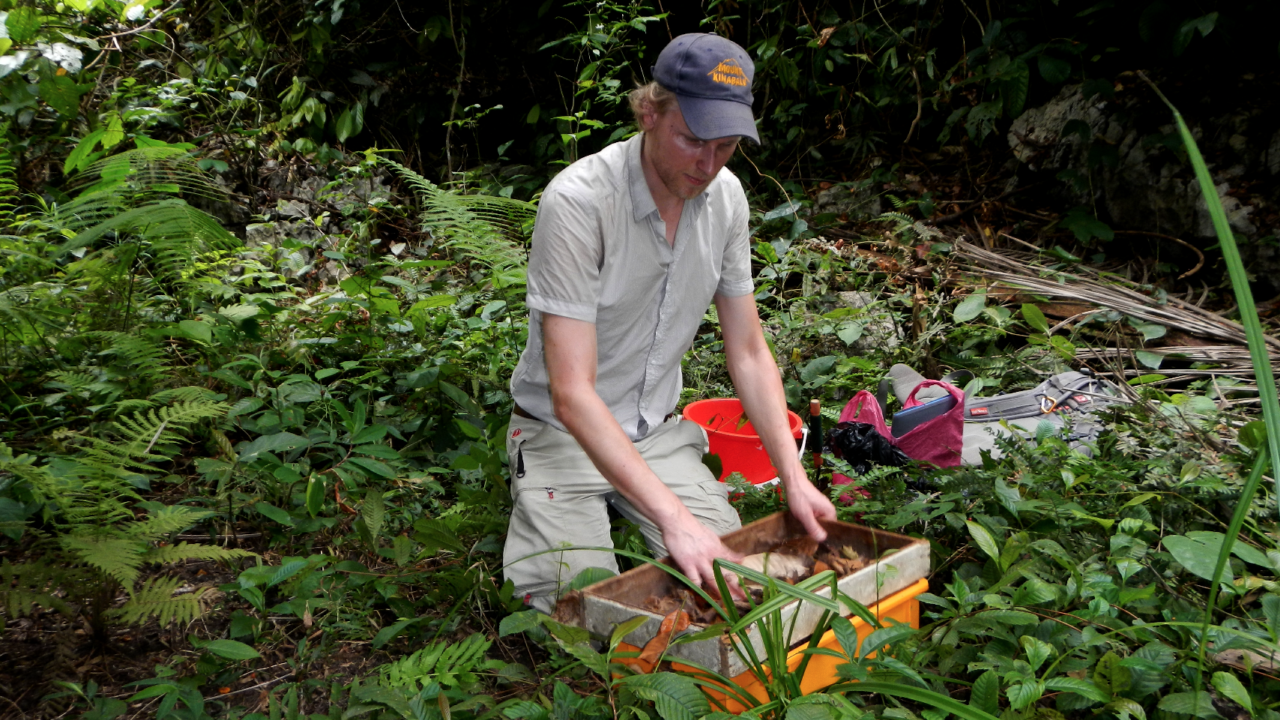
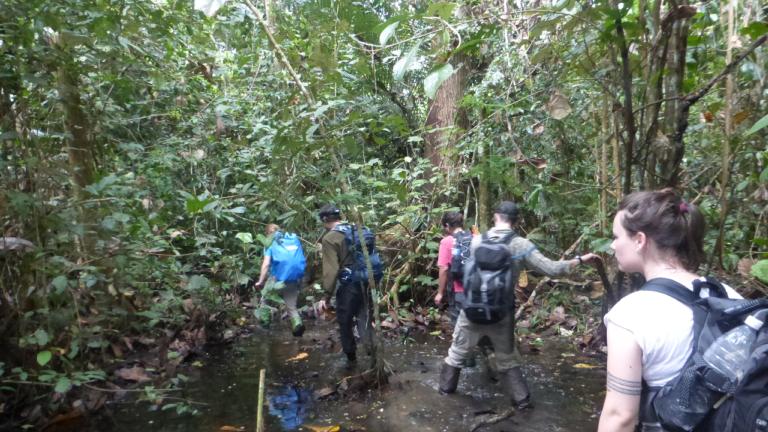
In demedia
In 2012 nam ik deel aan een grote expeditie naar Mount Kinabalu en de Crocker Range op Borneo. Het doel van de expeditie, die gezamenlijk werd georganiseerd door Naturalis en Sabah Parks, was soorten te verzamelen die nieuw zijn voor de wetenschap en de algemene evolutionaire patronen van planten en dieren op de hellingen van de berg te reconstrueren. De expeditie kreeg veel aandacht in de internationale media, zoals Science, National Geographic en verschillende kranten, en resulteerde in een brief in Nature.
